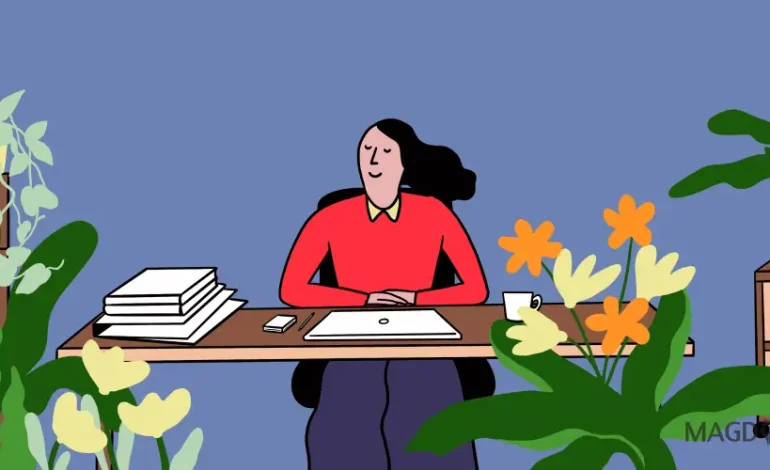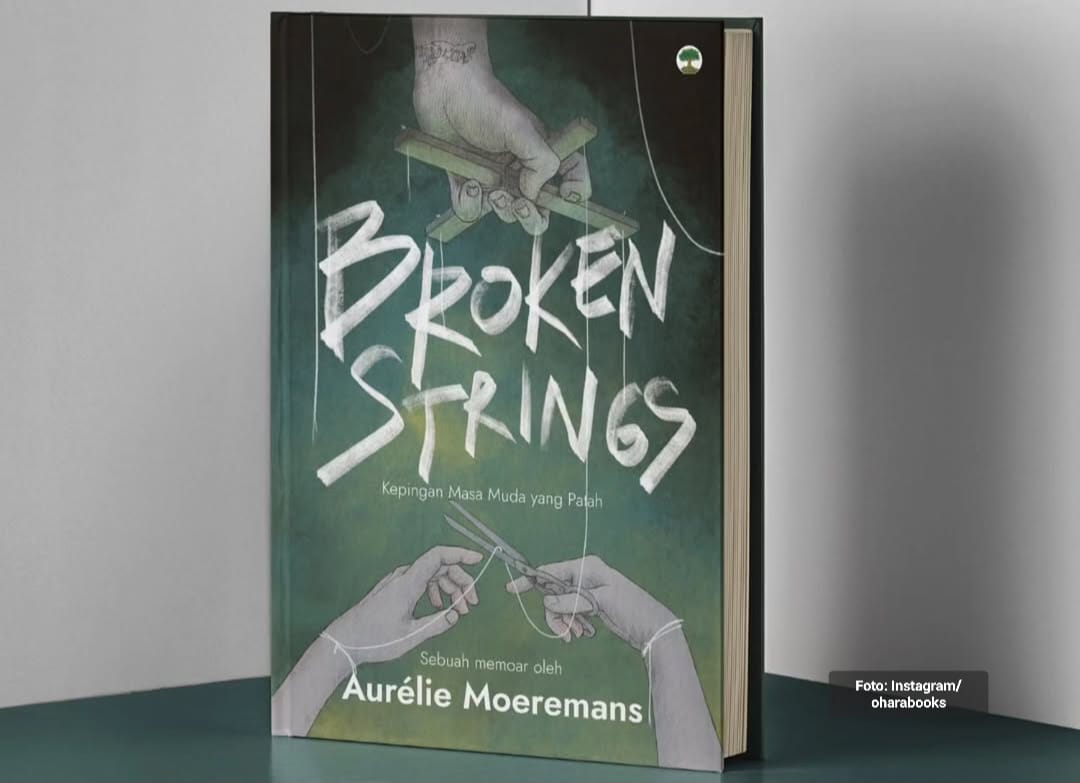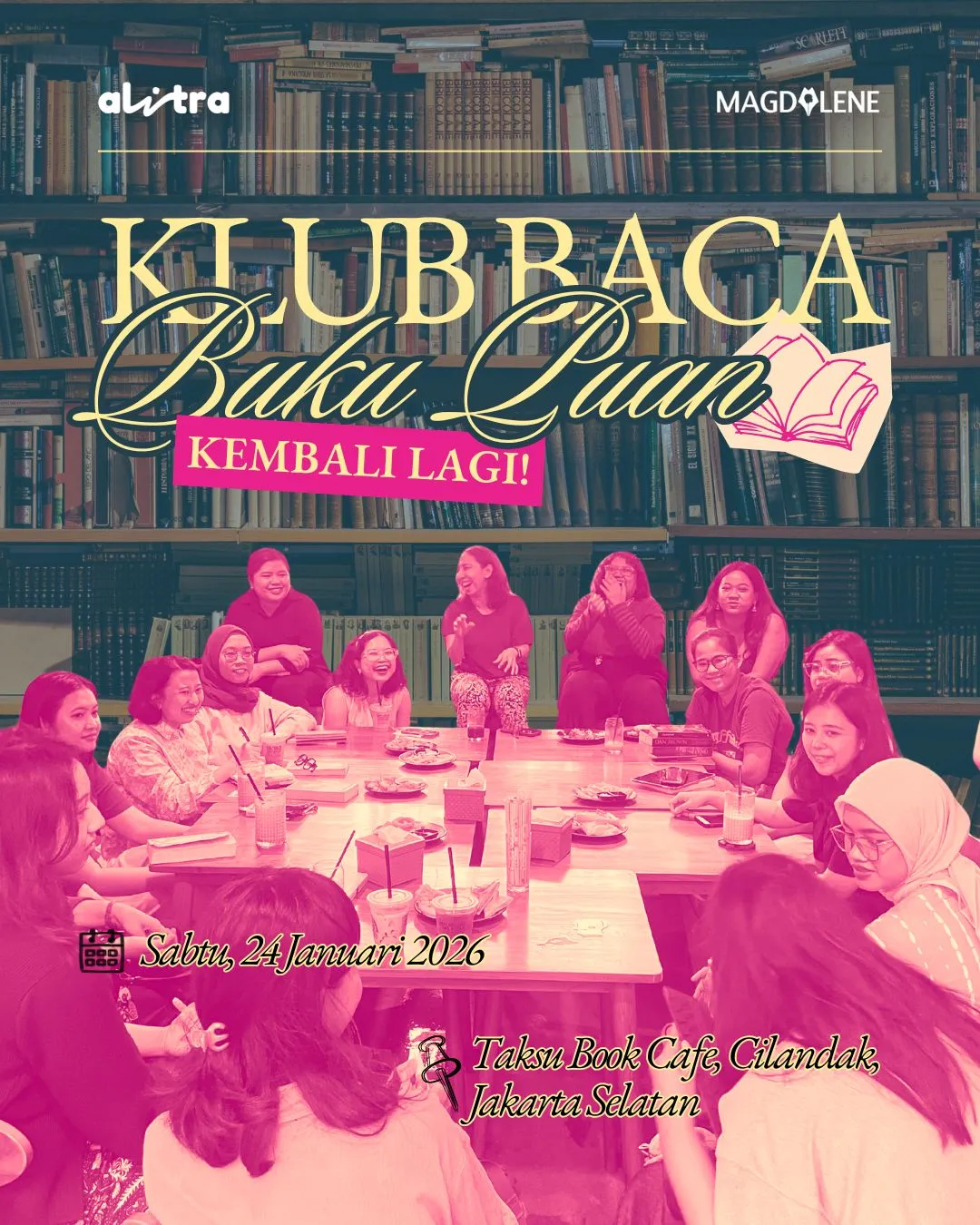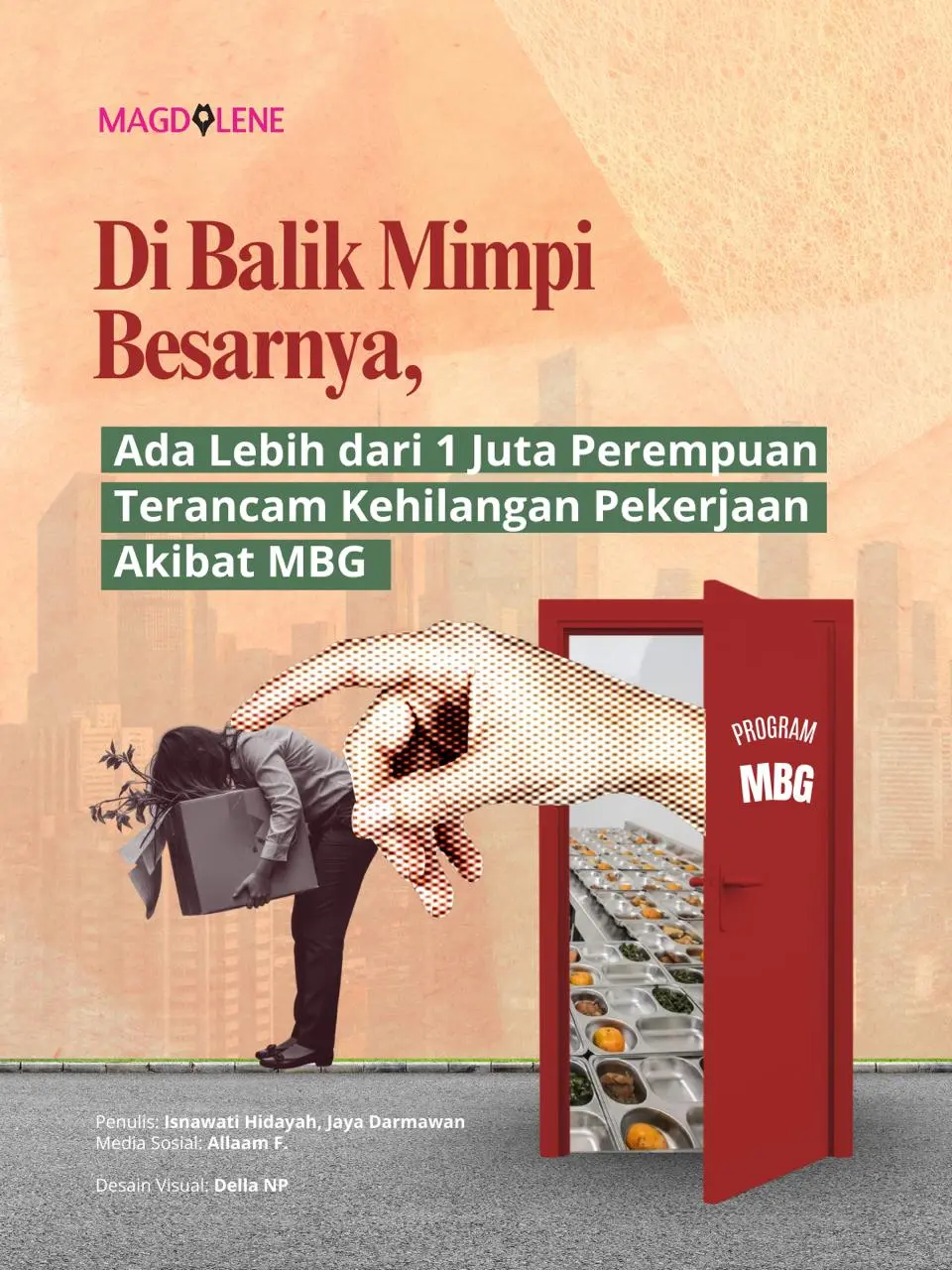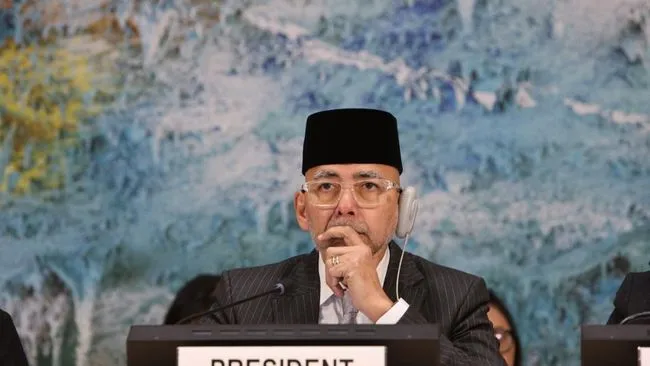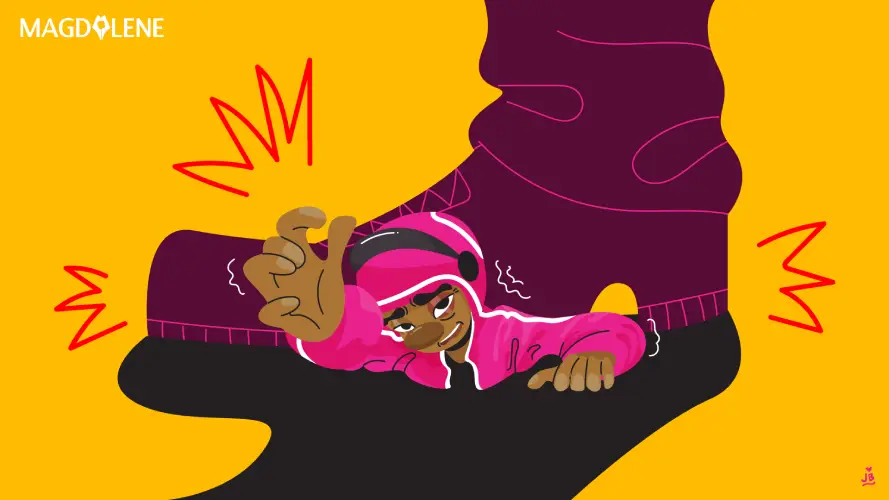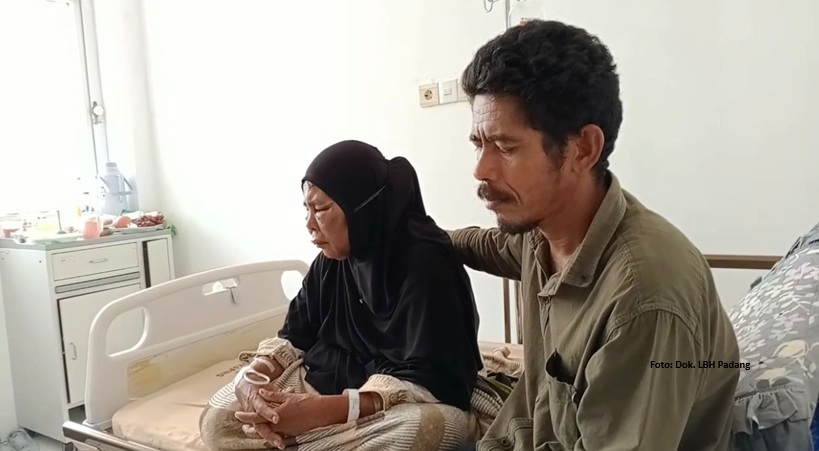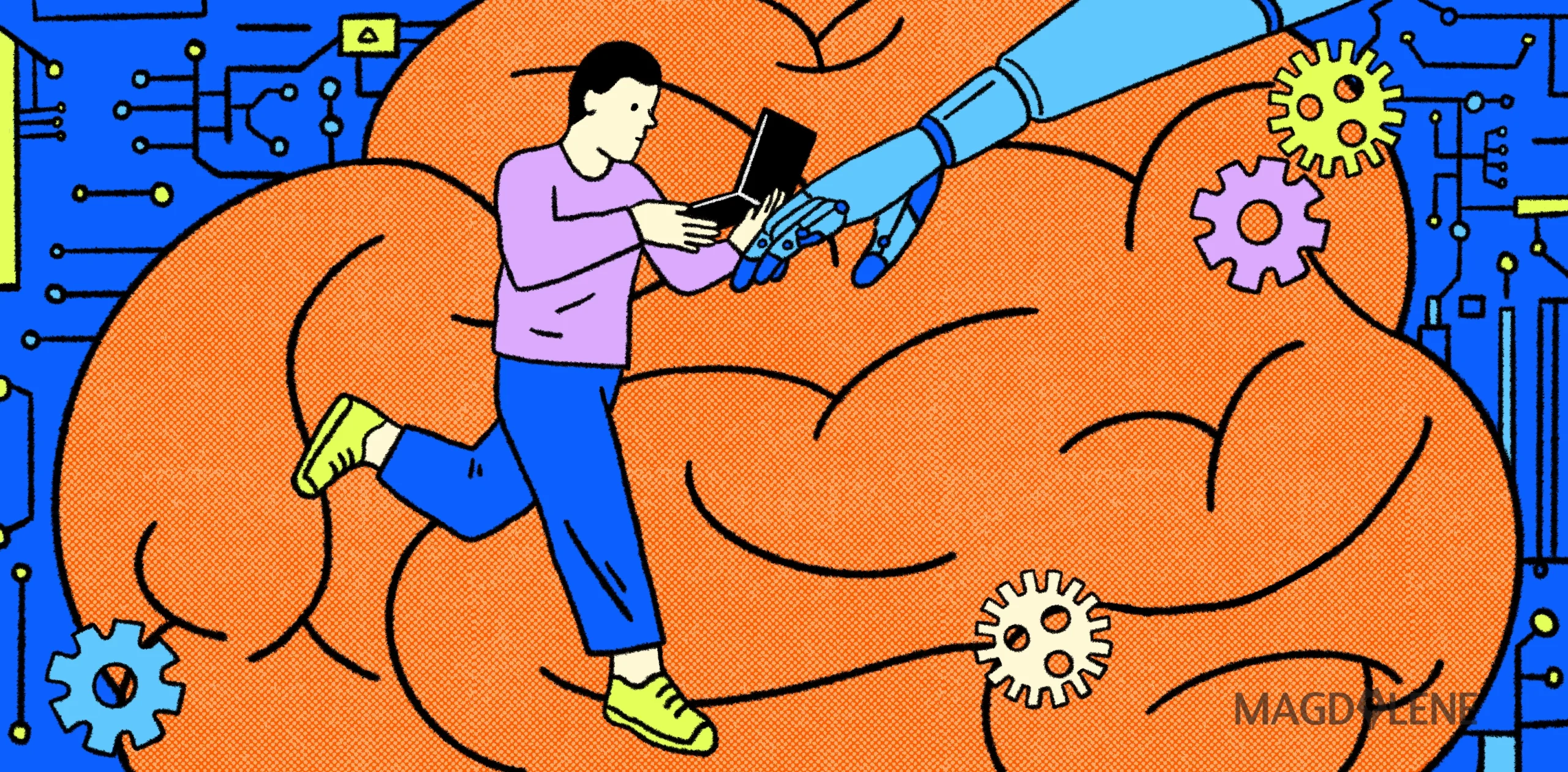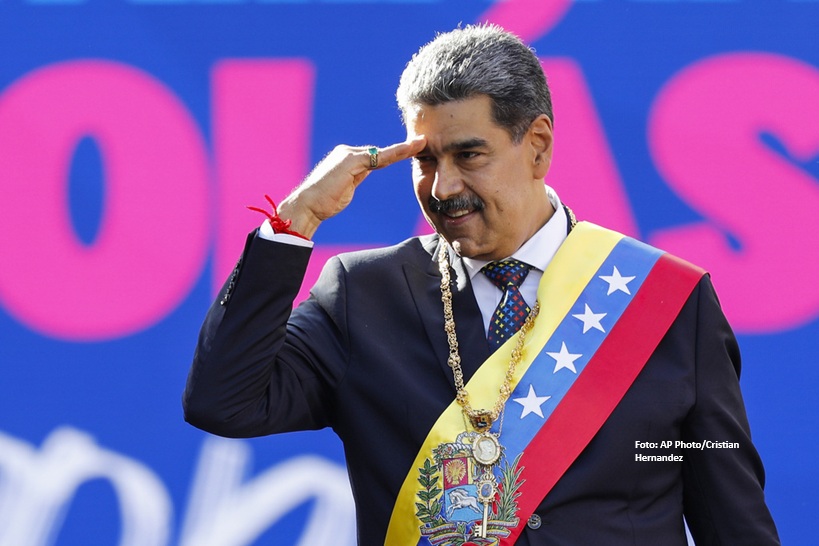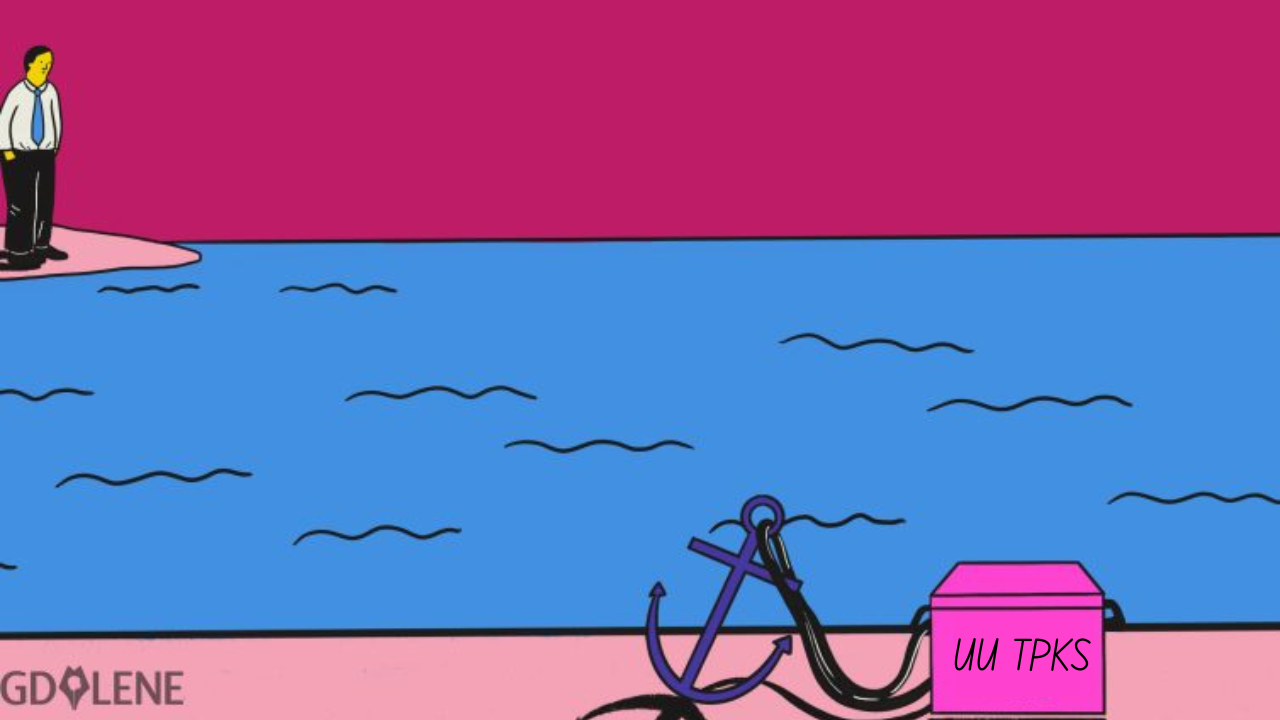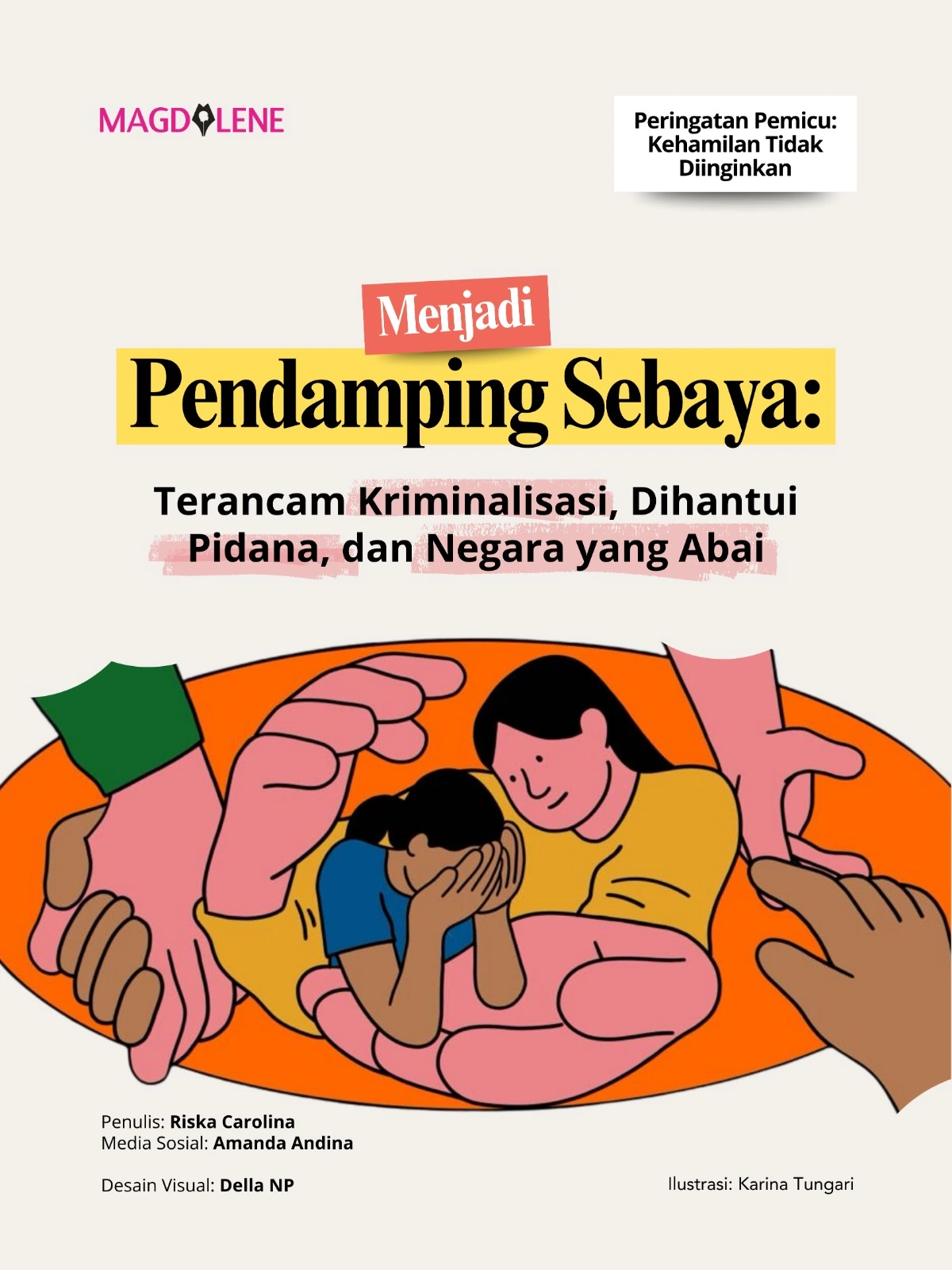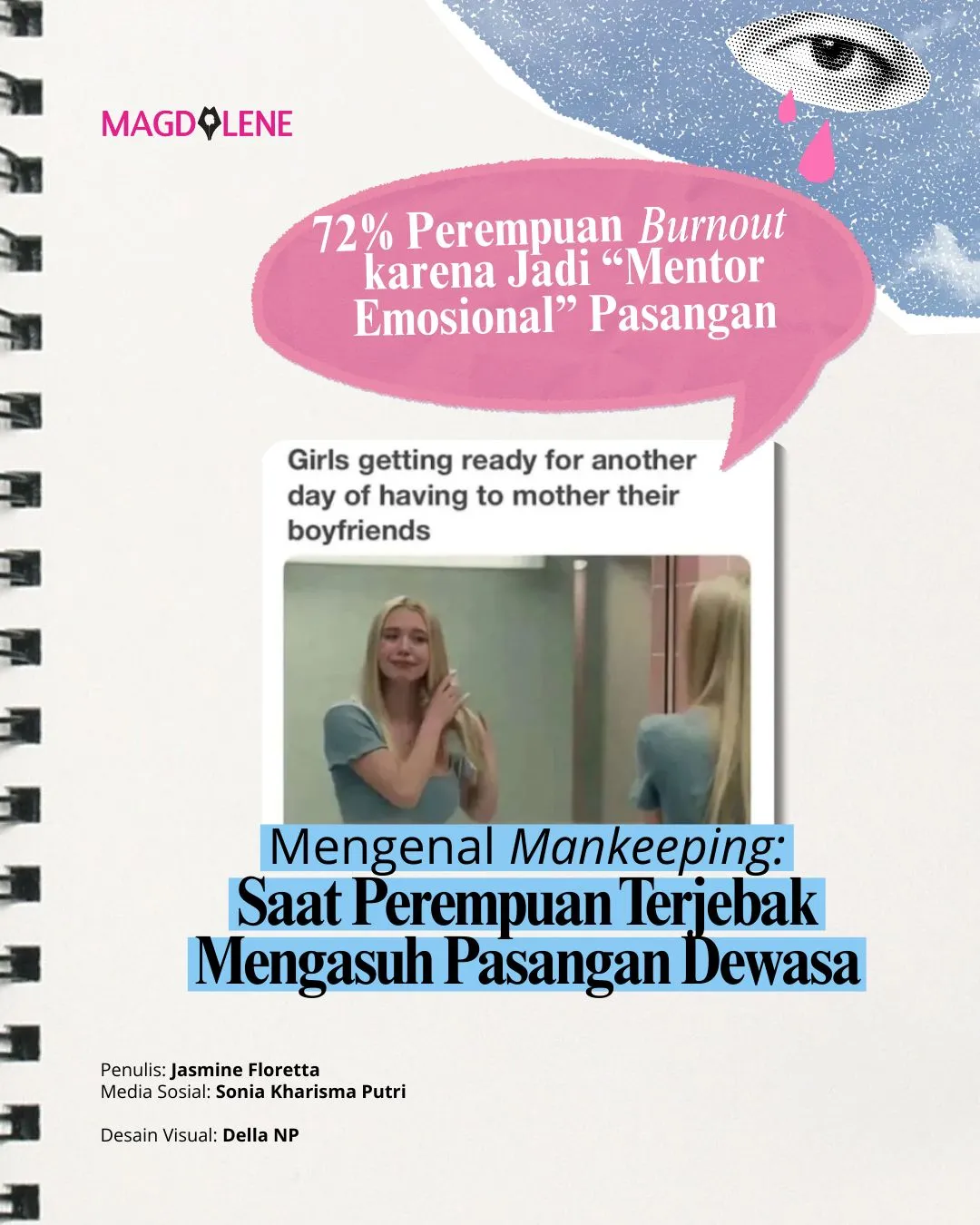Why Building Women-Friendly Cities Benefit All Genders
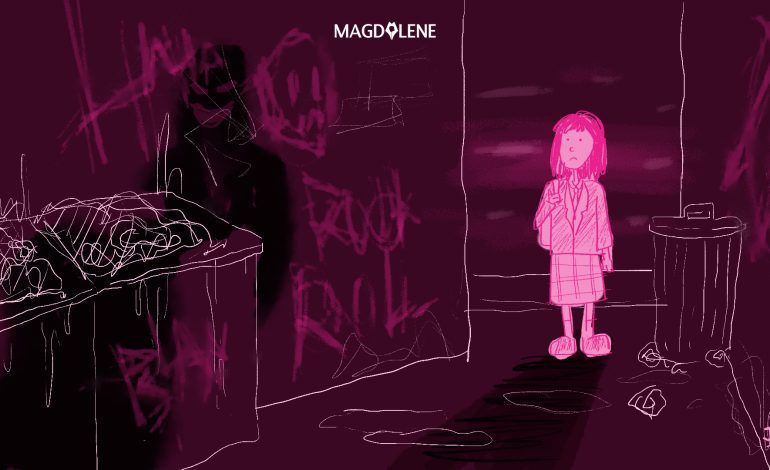
Living as a women’s activist and in Banda Aceh is not easy for Suraiya Kamaruzzaman. The specter of violence on the street, in public institutions and even in the domestic space continues to haunt her.
“I am don’t feel entirely safe because cases of violence against women keep rising by the year,” Suraiya told Magdalene (26/2).
Suraiya who a university lecturer, defined a safe and comfortable city as one where people could do their activity without having to worry, without being subject to sexual harassment or violence, without difficulties in accessing public services, and, most importantly, where citizens can be involved in the decision-making process.
“Being safe is not merely being free from war or conflict, but a state in which everyone, including disabled people, whatever their background is, have the same rights,” she said.
Suraiya’s description of a safe, comfortable and gender-friendly city is amply represented by Vienna, in Austria, a city that prioritizes on facilitating the mobility and the disabled. There are many benches for people to socialize, sufficient lighting, broad walkways that makes it easy to navigate wheelchairs as well as baby strollers. Other gender-friendly cities include Toronto, Singapore, Sydney, and London, cities that were also designed to be inclusive.
Also Read: From Walking to Cycling How We Get Around a City is a Gender Equality Issue
While those cities have been built with gender perspective, most Indonesian cities show the opposite. Still, some have begun to give attention to inclusivity.
Solo in Central Java, for example. Kota Kita Communications & Advocacy Manager Vanesha Manuturi explained that her organization was working together with the Solo office of transportation to be involved in the Women on Wheels program. This program was established to promote women’s empowerment. It is aimed to ensure the full and equal participation of women in the attainment of socio-economic achievements and also to promote the values of a sustainable and livable city.
“We studied the challenges and the needs of female cyclists in Solo and transmitted it to the Solo Transportation Office so that they can start paying attention to,” Vanesha explained.
Ownership and use of motorized vehicle have been on the rise in Solo, giving rise to higher accident numbers, congestions and air pollution. This affects the comfort and mobility of bicycle users in the city, many of whom are women. Fildzah Husna, Communications Officer from the same NGO said that safety was another hindrance. That is why the city provided a slow lane, separated from the Slamet Riyadi main avenue, for cyclists, pedestrian and pedicabs.
“In practice, this (the slow lane) is often used for car and motorcycle parking,” said Husna, pointing out that improvements were needed in implementation.
But Vanesha credited the social acceptance of the city known as the Cultural City when it comes providing a more inclusive infrastructure, especially for the disabled. Because This prevents the development infrastructure from being merely symbolic, and more sustainable and long term.
“The government pays special attention at the social acceptance and the awareness of the needs of the disabled community,” Vanesha said. “This is something that is not yet widely seen in other cities in Indonesia,” she added.
She also said that this was evident in the cooperation between Kota Kita and the Solo administration in the past decade. No matter who is in power, discussions continue on how to build Solo into an inclusive city.
Banda Aceh is also another city that is involving women in the planning of the city, Suraiya said that representatives from the Deliberation on the Action Plan of Women (Musrena) can express their aspirations that will be conveyed to the City Forum. The Women Development Center (WDC) ensures that the plan from Musrena also reach the forum.
One of the things initiated by Musrena is trainings on life skill and capital for young jobless female or male heads of family. Musrena has also built volleyball fields that can be used by both women and men, unlike football fields, which are mostly used by men.
“When the planning involves women, the benefits are not only for women but also for men,” Suraiya said.
Why Does City Planning Need to be Inclusive?
To this day, men make up the majority of planners and decision makers in spatial planning, resulting in cities that are more suited for cisgender, heterosexual and able-bodied men.
“Cities were developed for strong and healthy men. The really masculine ones,” Hafidz, who lives with Lupus, said.
His disability makes it accessing public transportation a challenge for him. He recalled an experience in 2018: While on an electric commuter train going from Bogor to Tangerang, he had to sit on the priority seat, which is reserved for the elderly, pregnant women, mothers with young children and people with disabilities.
He felt awkward while doing this, feeling as if he should really give up the seat for someone who needed it more, but at the same time feeling too weak to stand up. It was also difficult for him to explain to other passengers about his own condition.
Looking at the lack of facilities even for disabled people in public spaces, it is clear that having a gender inclusive perspective in spatial planning will not be achieved any time soon. Gender inclusivity in spatial planning means taking into consideration the role of gender in planning public space and facilities.
In daily mobility for example, men as heads of family are assumed to need to proceed fast and safely to his destination, and therefore toll roads were constructed. On the other hand, because of their multiple roles, women need transport that prioritize flexibility in reaching a number of safe as well as affordability.
Another example is related to homes. Founder and Director of the Rujak Center for Urban Studies Elisa Sutanudjaja said that a house is not only a home for some women, they are also a place to conduct forma activities. This is true for many women who run micro, small and medium enterprises (MSMEs) from home. However, in some residential areas this is prohibited, with signboards saying: “Running a business from home is prohibited.”
“This indirectly discriminate against women who have multiple roles,” she said.
And of course, women are vulnerable to in public spaces or when traveling alone. A UN Women data shows that 3,092 or 1.19 percent of all cases of sexual violence in Indonesia in 2016 took place in public spaces. Women living in urban areas were more likely to experience this kind of violence then those in rural areas. This is a classic cause of major anxiety for women.
“Anna”, a student in Bandung said that she often felt unsafe when walking through a narrow street leading to her boarding house in the evenings. “There is no streetlight near my boarding house, so I have to use the flashlight from my cellphone,” she said. She often ends up using an online motorcycle taxi to travel the stretch of 500 meters separating her place from the main road for safety reasons.
To this day, men make up the majority of planners and decision makers in spatial planning, resulting in cities that are more suited for cisgender, heterosexual and able-bodied men.
Although it prioritizes on making a city more women-friendly, a gender-inclusive actually have wider benefit for all. “Spatial planning that pays attention to and accommodates all residents does not create burden to the city, it can actually provide a lot of benefits,”
After all, gender bias in spatial planning can have negative impact to men as well. Public facilities that are designed for “Mothers with children” (instead of parents with children) do not take into consideration men who travel with children.
A World Bank report showed that inclusive spatial planning policies have the potentials of enhancing the welfare of the people. Boosting the visibility and participation of the less fortunate groups of people, for example, could boost safety and access to the public sphere. Providing room for the voice of those yet unrepresented people and accommodating the diversity of representation could also produce innovative designs for all.
Also Read: Sarah Everard is All of Us Women
Difficulties in Building a Gender- and Minority-Friendly City
Every five years, municipalities and districts get the opportunity to revise their spatial planning, as stipulated in Regulation of the Government of the Republic of Indonesia Number 26 of 2008 on National Spatial Planning (RTRWN).
But Elisa said that in general the government would only hold an evaluation if there is a particular need. The review can even be done before the expiry of the five years should there be a national strategic project involved. An example is the review of the Detailed Spatial Plan (RDTR) for DKI Jakarta in 2014. An evaluation was made in 2016 because it included the speed train project which did not yet have a legal product.
“So, it was not for the interest of residents, or for the future of the city. But for a strategic project that may not automatically be related to the public,” she said.
Although women have started to take part in a number of village and city planning communities, their involvement in the official planning is still minimal.
Elisa observes that officials at the Ministry of Agrarian Affairs and Spatial Planning, or that of the Ministry of Public Work and People’s Housing are mostly dominated by men, despite the high number of women who have passed the required National Outlook Test for government officials.
“At the level of policy making, like it or not, we have to fight for space,” she said. She added that the 20-seat representation of women was not enough because it was affirmative in nature and was not driven towards contribution.
Vanesha of Kota Kita stressed on the need of women representation in formal channels. Even more so, when the gender bias mindset still prevailed. Furthermore the designing and development of cities almost never involve their residents, she said.
“The understanding, knowledge and capacity of the government and the other stakeholders about gender inclusion and its investment, need to be improved,” Manuturi said.
Even at the scale of neighbourhood unit or urban ward, women are still restricted when it concerns certain activities. For example, women are allowed to be active when it concerns sanitation, parks and waste processing. But on infrastructure affairs, men are more trusted to manage them. There is a need for a common effort to push for women’s participation, so that decisions made consider the experience of women and other vulnerable groups.
Banda Aceh is one of the cities that have started to become more open to the aspiration of women and provides more room for their participation in spatial planning. It also is implementing a Pilot Model for the Planning of Gender Responsive Budgeting (PPRG) that is designed by the Ministry of Women and Children Empowerment. The aim is to prepare a Middle Term Development Plan (RPJM) for gender-responsive villages and to prioritize minority groups through a participative and democratic process.
This program expected an involvement of women in determining the substance of development, and not only as a receiver of the benefits. However, the planning of a gender-friendly city also went against the prevailing qanun Jnayat or Islamic criminal code.
The Islamic code tends to target women and criminalize them. In cases of rape, for example, Suraiya said, the victim has to be able to present initial supporting evidence, something that should actually be the responsibility of the investigators.
Failing to do so face hundreds of lashes in public, as if their future had not already been ruined enough. Meanwhile, the perpetrators may not necessarily face punishment and even if they did, they usually have right to medical treatment for their pain, something the victims do not have access to.
In adultery cases the woman can be lashed a hundred times if she admit to having engaged in it, while the man would only receive 15 lashes when they do not admit committing the adultery. This positions women as the standard for morals.
“This is happening because the policy makers are men who share the perspective of the perpetrators, so that they more likely defend their own sex,” Suraiya said.
The 53-yer-old then said that there was an effort to push the city administration to come out with a gender-friendly city qanun under a cooperation between the Indonesian government and Australia. Unfortunately, the municipal legislative council (DPRD) has yet to discuss this.
Suraiya said that Banda Aceh could become a gender friendly city despite the Qanun Jinayat if this code underwent a change in substance. One without discrimination against women and children, especially against victims of sexual violence.
Banda Aceh is one of the cities that have started to become more open to the aspiration of women and provides more room for their participation in spatial planning.
“As long as it is not revised, the criteria of a gender-friendly city will never be met because there is no justice,” she said, adding that “Law enforcers do not yet have a gender perspective and do not side with the victims.”
This journalistic project is supported by Meedan, a non-profit organization in the field of technology that has the vision to strengthen digital literacy and global journalism
This is the English version of the original article.

